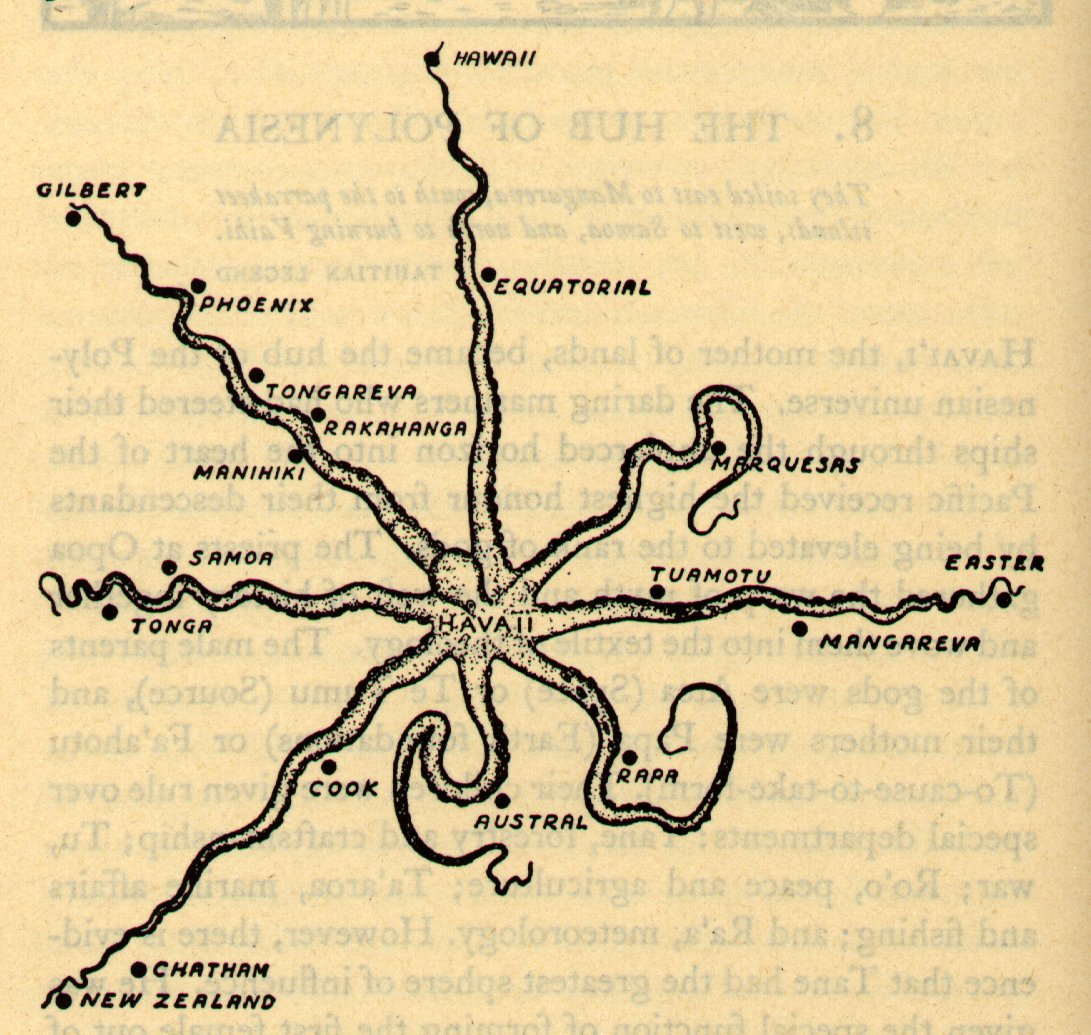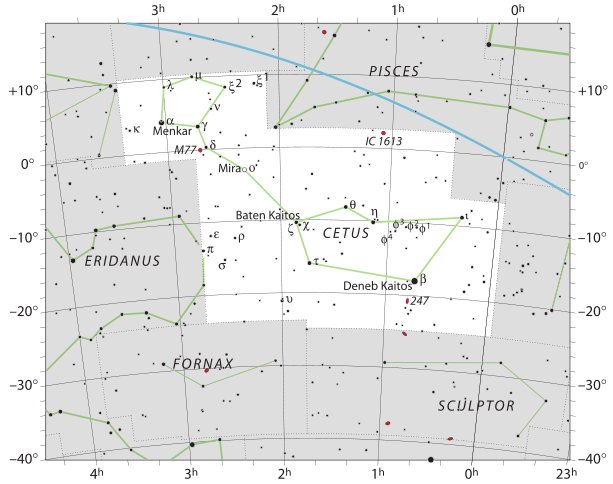The strange henua ora at right in Ca1-25 seems to combine with the 'head' in Ca1-26 and then turn upside down to become the constellation in Ca2-1. This turning around coincides with turning the glyphs upside down in line Ca2 compared to those in Ca1:
Possibly it means a vertical journey from low down in the south to the equator and then up again to the north pole. 107 equals 472 - 365. But perhaps the key number instead should be 540 / 5 = 108 = 472 - 364. However, I have measured the distance between the pair of Polaris glyphs in G as 436 - 329 = 107:
In Gb7-25 we can count 72 * 5 = 360, and 436 can be an allusion to 364 - by shifting the order from 4-36 to 3-64. 3 * 64 = 192 and 4 * 36 = 144, measures of Moon respectively Sun, and 192 + 144 = 336, the manzil day number corresponding to Gregorian 107. Gb4-8 is glyph 329 which plays on Gregorian day 329, when Antares rose heliacally. The word heke means octopus (8 feet):
Haka-heke is 'to pull down' - i.e. 'to do (like) Heke'. In the beginning of time the Great Octopus, Tumu-rai-fenua, Foundation of Heaven and Earth, held down Sun close to Earth: ... Eons passed and Ta'aroa grew to be a lad conscious of his own vigor and potentialities. Impatience grew upon him until he could bear his isolation no longer. He broke forth from his shell with energy, resolved to create beings like himself who would banish his loneliness forever. Ta'aroa's first act was to construct a firm foundation for the earth, using the strong second shell for stratum rock. The shell Rumia became his dwelling place, the overarching dome of the sky. It was a confined sky enclosing the world just forming, and in its deep and abiding night the lad attained manhood. There were no Sun, Moon, or stars and only one other living creature, the Great Octopus. The sun was held down close above the slowly evolving earth by the Great Octopus, Tumu-rai-fenua, Foundation of Heaven and Earth, who lived in the primeval waters on which the earth floated. One of his arms was to the north, one to the south, one to the east and another to the west. With these vast arms he held the sky, the shell Rumia, close down against the earth. It was done with 4 of his arms only, reasonably because he had to use his remainging arms to keep himself in place. Therefore the central honui figure in Ca1-6 presumably performs not an act of separating but of keeping things close together, intact and under control. This new idea can clearly be applied also to the Bablyonian Great One and to the central figure in Tiahuanaco.
The 'winter cloth' could have been kept in place by this octopus chief (honui). Henua ora and hau tea in Ca1-3--4 perhaps should be read in connection with henua ora and hau tea in Ca1-25 and Ca2-1. Ca1-3 could indicate a place far down in the south (toga) and Ca1-4 a place high up.
But the remarkable octopus creature can be used for other purposes too. His arms resemble how life proliferates and spreads out in every direction, how life migrates (heke):
(Peter H. Buck alias Te Rangi Hiroa, Vikings of the Pacific.) If Polaris is imagined as the head of an octopus his arms can refer to how from the north pole imaginary lines can be drawn in every direction in order to map the stars all the way down to the south pole. This is the basic idea behind the right ascension hours. 24h / 8 = 3h and this approximates 46 days. Several other important stars are evidently accumulated around right ascension day 27, notably Sheratan (β Arietis) which has given its name to the first Arabic manzil (beginning in May 17):
The 'belly of the fish' (Baten Kaitos) is in the southern hemisphere and easier to observe from Polynesia than the distant Polaris.
Although Menkar (α) - the 'nose' of Cetus - close to 3h ought to have been more important, serving as a mark for the time when next octopus arm was due. | ||||||||||||||||||||||||||||||||||||||||||||||||||||||||||||||||||||||||||||||||||||||||||||||||||||||||||||||||||||||||||||||||||||||||||||||||||||||||||










